Sale!
Description
Description :
A slope chart, also known as a slopegraph or slope line chart, is a type of data visualization that effectively compares changes in values between two points in time or categories. In a slope chart, each variable is represented by a line, and the slope (or angle) of the line indicates the rate or direction of change between the two points being compared. This visualization method provides a clear and concise way to identify trends, highlight differences, and analyze relationships between variables.
Purposes :
Uses :
Only logged in customers who have purchased this product may leave a review.

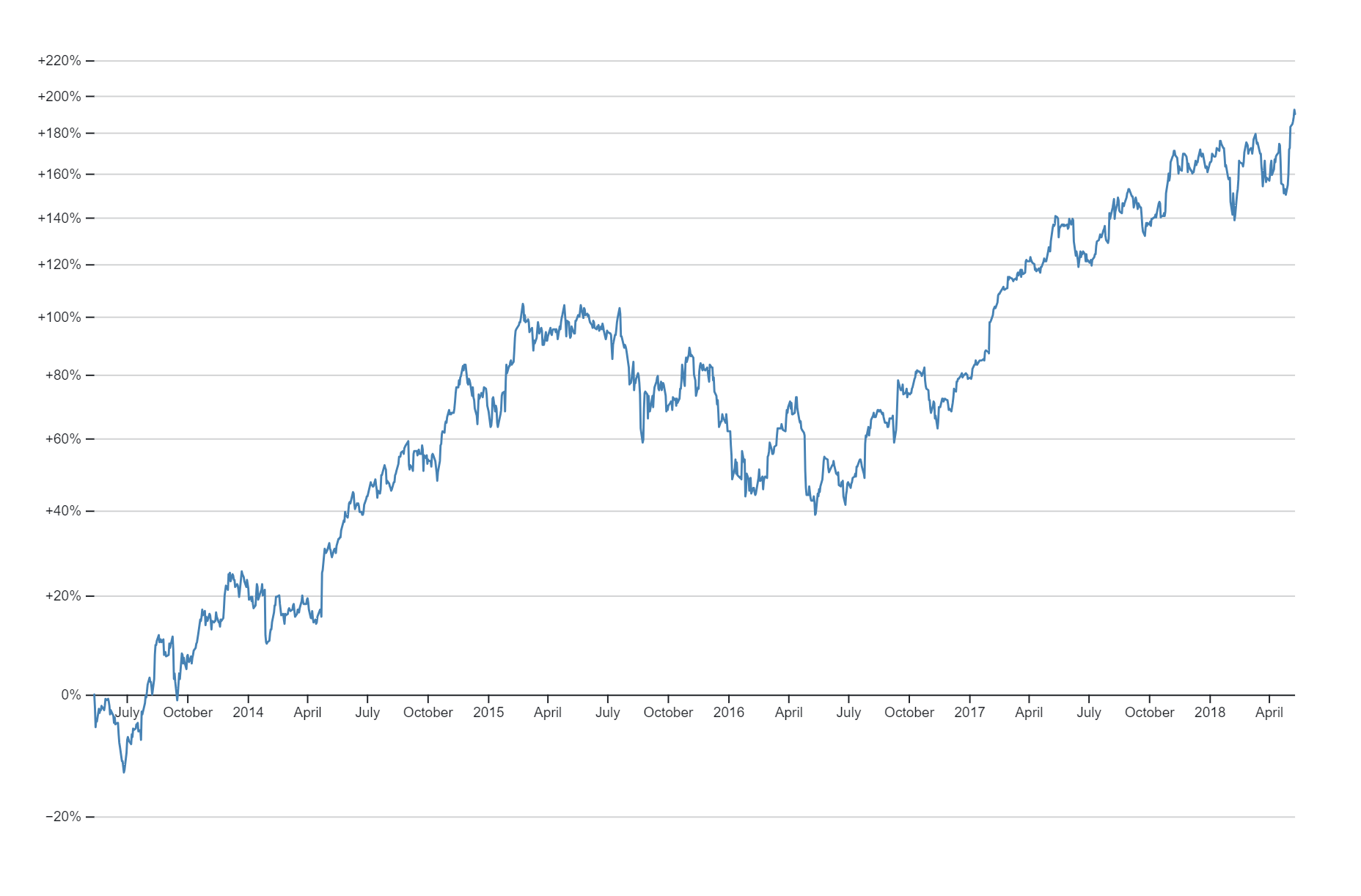
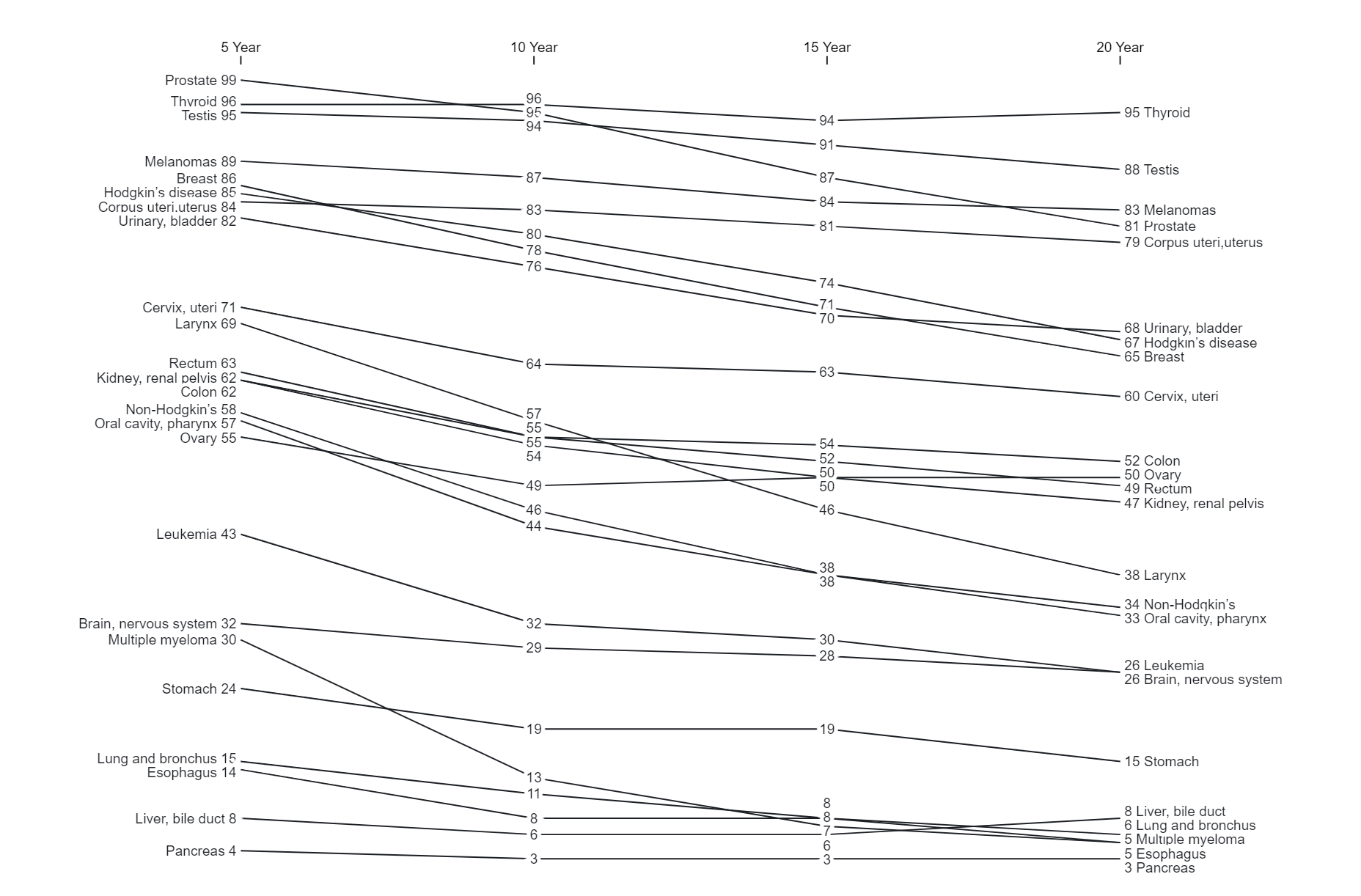
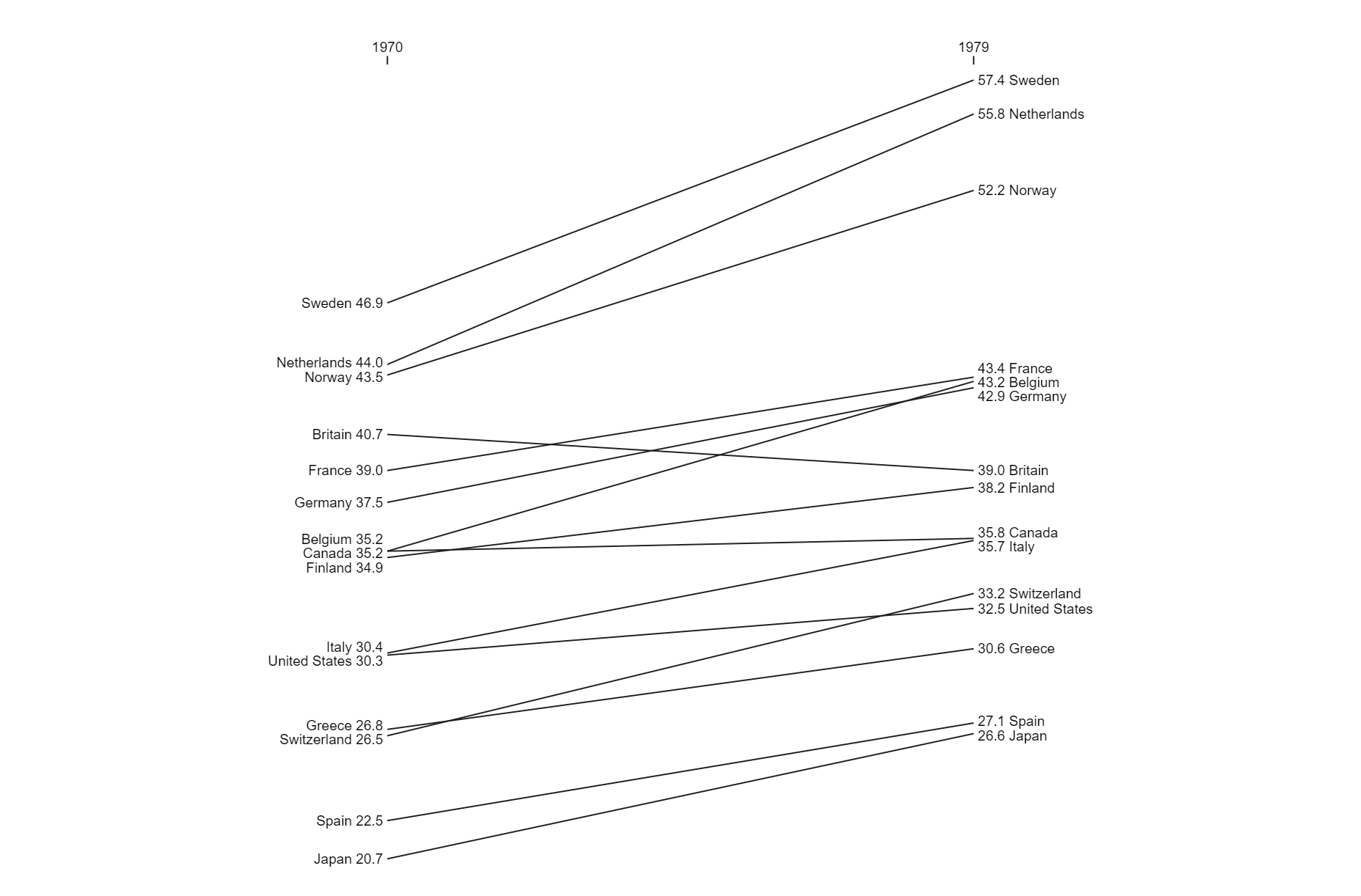

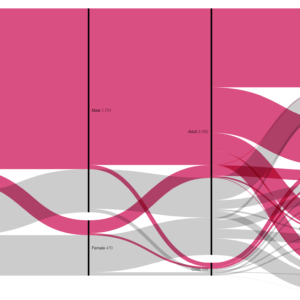
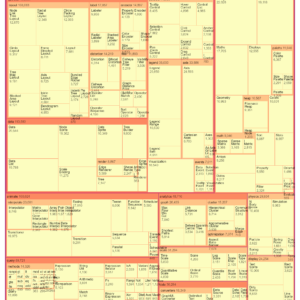
Reviews
There are no reviews yet.